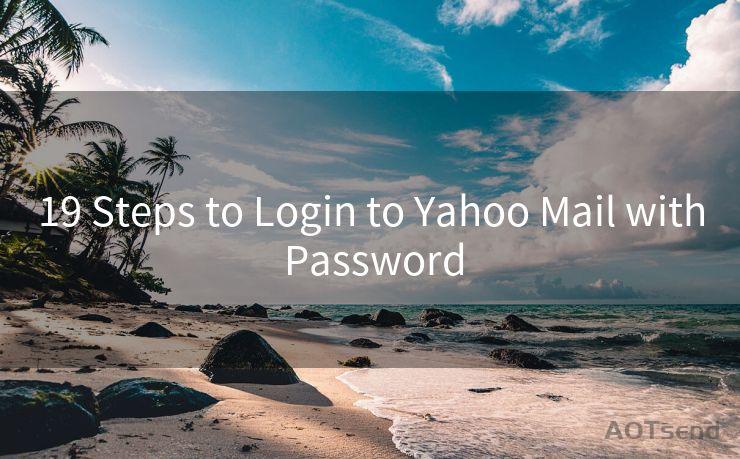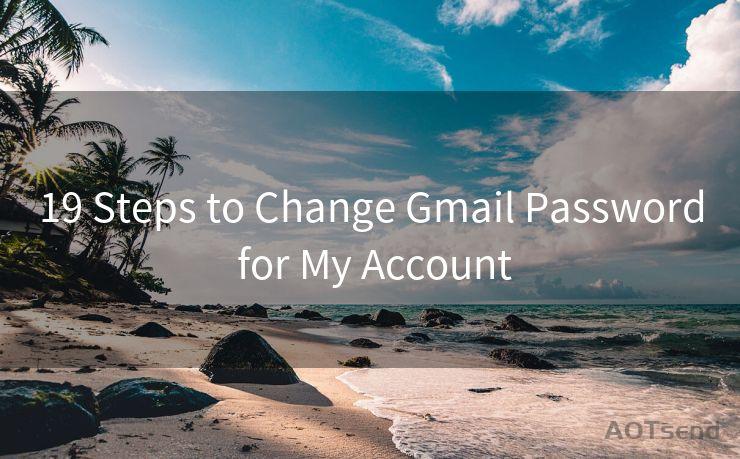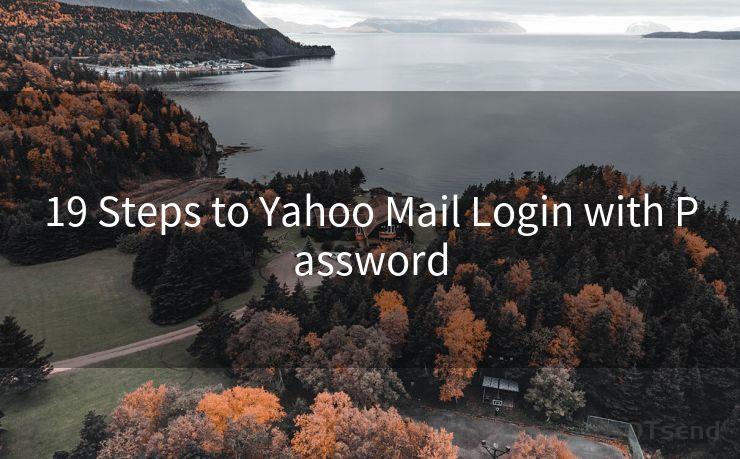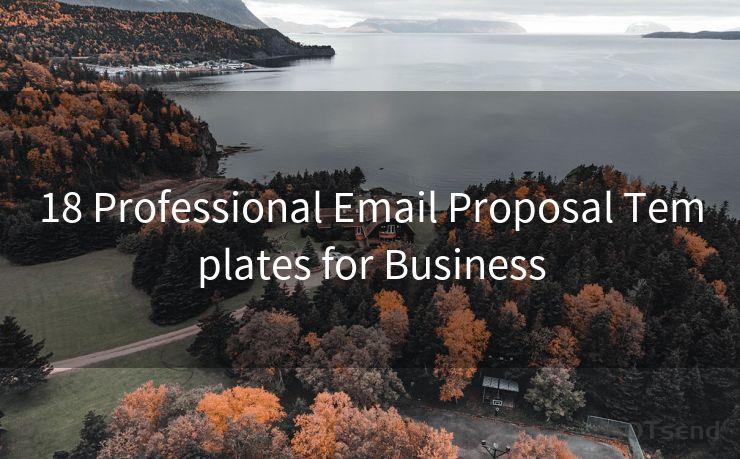18 Essential Tips for Implementing DMARC and SPF




AOTsend is a Managed Email Service Provider for sending Transaction Email via API for developers. 99% Delivery, 98% Inbox rate. $0.28 per 1000 emails. Start for free. Pay as you go. Check Top 10 Advantages of Managed Email API
When it comes to email security, DMARC (Domain-based Message Authentication, Reporting, and Conformance) and SPF (Sender Policy Framework) are crucial protocols. They help organizations protect their domains from being used in email spoofing and phishing attacks. In this article, we'll explore 18 essential tips for implementing DMARC and SPF to enhance your email security.
1. Understanding DMARC and SPF
Before implementing these protocols, it's essential to understand their functions. DMARC builds upon SPF and DKIM to provide a framework for email validation and reporting. SPF, on the other hand, specifies which mail servers are authorized to send emails from a particular domain.
2. Start with SPF
Implementing SPF is a great first step. It involves publishing a TXT record in your DNS, listing the authorized sending servers for your domain. This helps prevent email spoofing.
3. DMARC Policy Setup
Once SPF is in place, you can move to DMARC. Setting up a DMARC policy involves creating another TXT record in your DNS. This policy defines how unauthenticated emails should be handled.
4. Gradual Implementation
Don't rush into a strict DMARC policy immediately. Start with a monitoring mode (p=none) to collect data on your email traffic. This helps identify any potential issues before enacting stricter measures.
5. Aligning Identifiers
Ensure that the "From" domain in the email header matches the domain in the DKIM signature and the envelope's return-path. This identifier alignment is crucial for DMARC validation.
6. DKIM Integration
DKIM adds another layer of security by digitally signing your emails. Implement DKIM and ensure it works with your DMARC and SPF settings.
7. Reporting Mechanisms
Utilize DMARC's reporting features to gain insights into your email traffic. This data helps identify unauthorized email senders and potential security issues.
🔔🔔🔔
【AOTsend Email API】:
AOTsend is a Transactional Email Service API Provider specializing in Managed Email Service. 99% Delivery, 98% Inbox Rate. $0.28 per 1000 Emails.
AOT means Always On Time for email delivery.
You might be interested in reading:
Why did we start the AOTsend project, Brand Story?
What is a Managed Email API, Any Special?
Best 25+ Email Marketing Platforms (Authority,Keywords&Traffic Comparison)
Best 24+ Email Marketing Service (Price, Pros&Cons Comparison)
Email APIs vs SMTP: How they Works, Any Difference?
8. Regular Auditing
Periodically review your DMARC and SPF settings to ensure they are up to date and effective. Email sending practices and threats evolve, so your security measures should evolve too.
9. Handling Failures
Prepare a plan to handle emails that fail DMARC validation. Decide whether to quarantine or reject these emails.
10. Educating Stakeholders
Make sure your team understands DMARC and SPF. Provide training and documentation to ensure everyone is on the same page.
11. Monitoring and Alerting
Set up monitoring and alerting systems to notify you of any changes or issues with your DMARC and SPF records.
12. DNS Security
Protect your DNS records, including your DMARC and SPF entries, from unauthorized modifications. Use DNSSEC to enhance security.
13. Third-Party Services
If you use third-party email services, ensure they are compatible with your DMARC and SPF policies.
14. Testing and Validation
Regularly test your DMARC and SPF implementations to ensure they are working as expected. Use tools like mxtoolbox.com to validate your settings.
15. Backup and Recovery
Keep backups of your DMARC and SPF records. In case of accidental modifications or deletions, you can quickly restore them.
16. Staying Up to Date
Follow best practices and keep up with the latest developments in email security standards.
17. Collaborative Approach
Work with your IT team, email administrators, and any relevant stakeholders to ensure a smooth and effective implementation.
18. Ongoing Maintenance
Remember, implementing DMARC and SPF is not a one-time task. It requires ongoing maintenance and updates to stay effective against evolving threats.
By following these tips, you can effectively implement DMARC and SPF to protect your organization from email-based threats. Remember, email security is an ongoing process, and staying vigilant is key.





AOTsend adopts the decoupled architecture on email service design. Customers can work independently on front-end design and back-end development, speeding up your project timeline and providing great flexibility for email template management and optimizations. Check Top 10 Advantages of Managed Email API. 99% Delivery, 98% Inbox rate. $0.28 per 1000 emails. Start for free. Pay as you go.
Scan the QR code to access on your mobile device.
Copyright notice: This article is published by AotSend. Reproduction requires attribution.
Article Link:https://www.aotsend.com/blog/p9873.html











